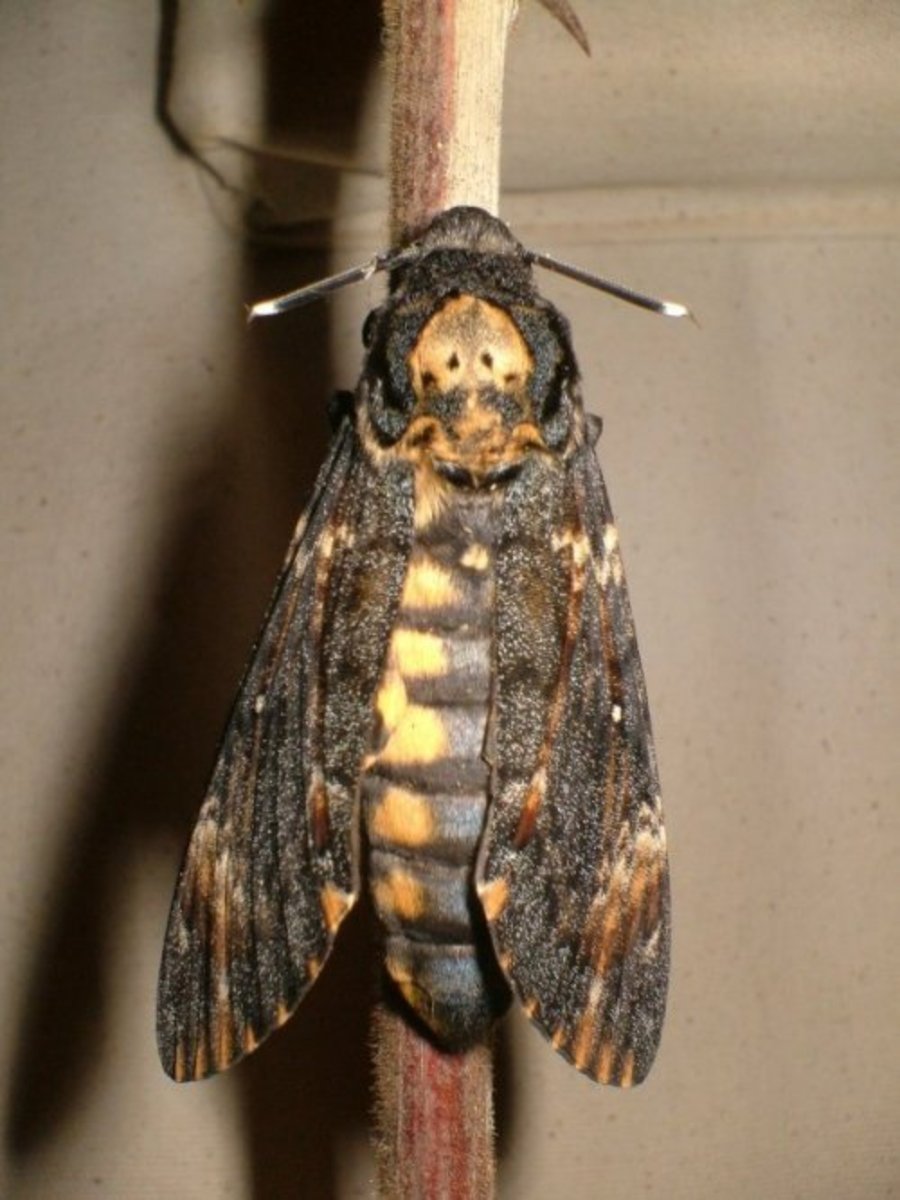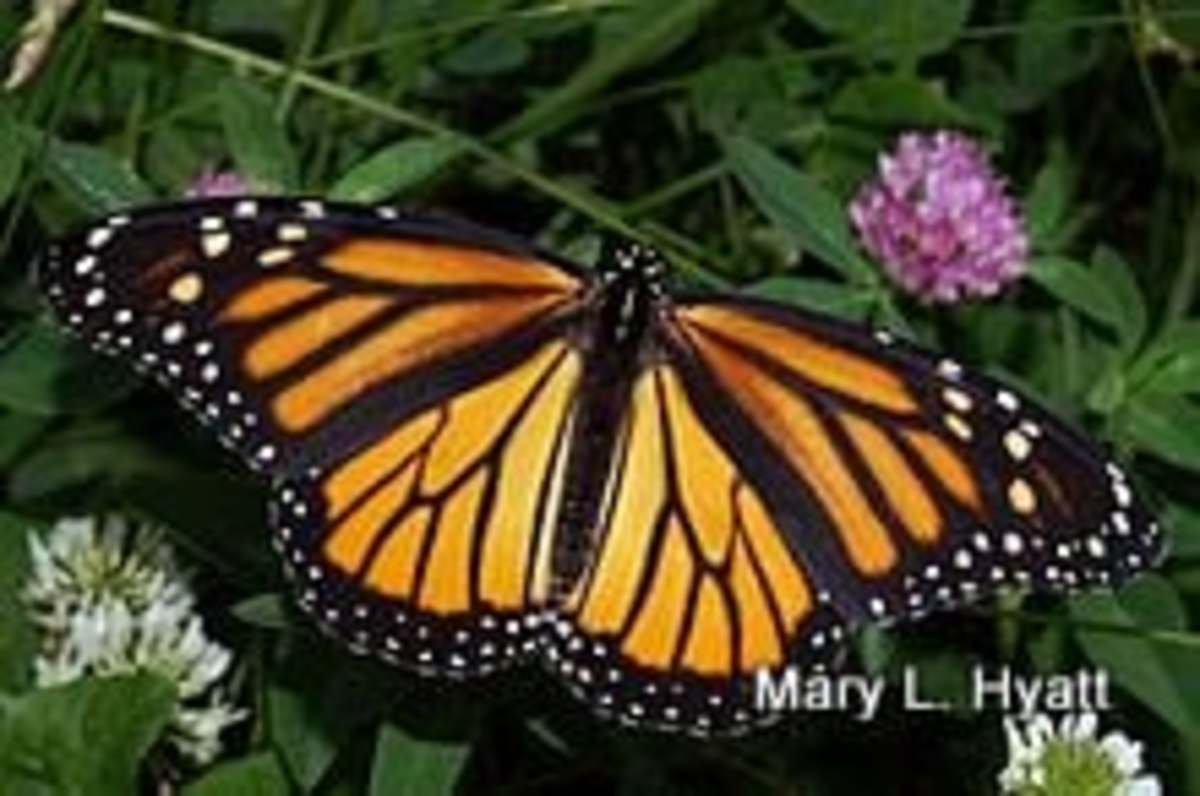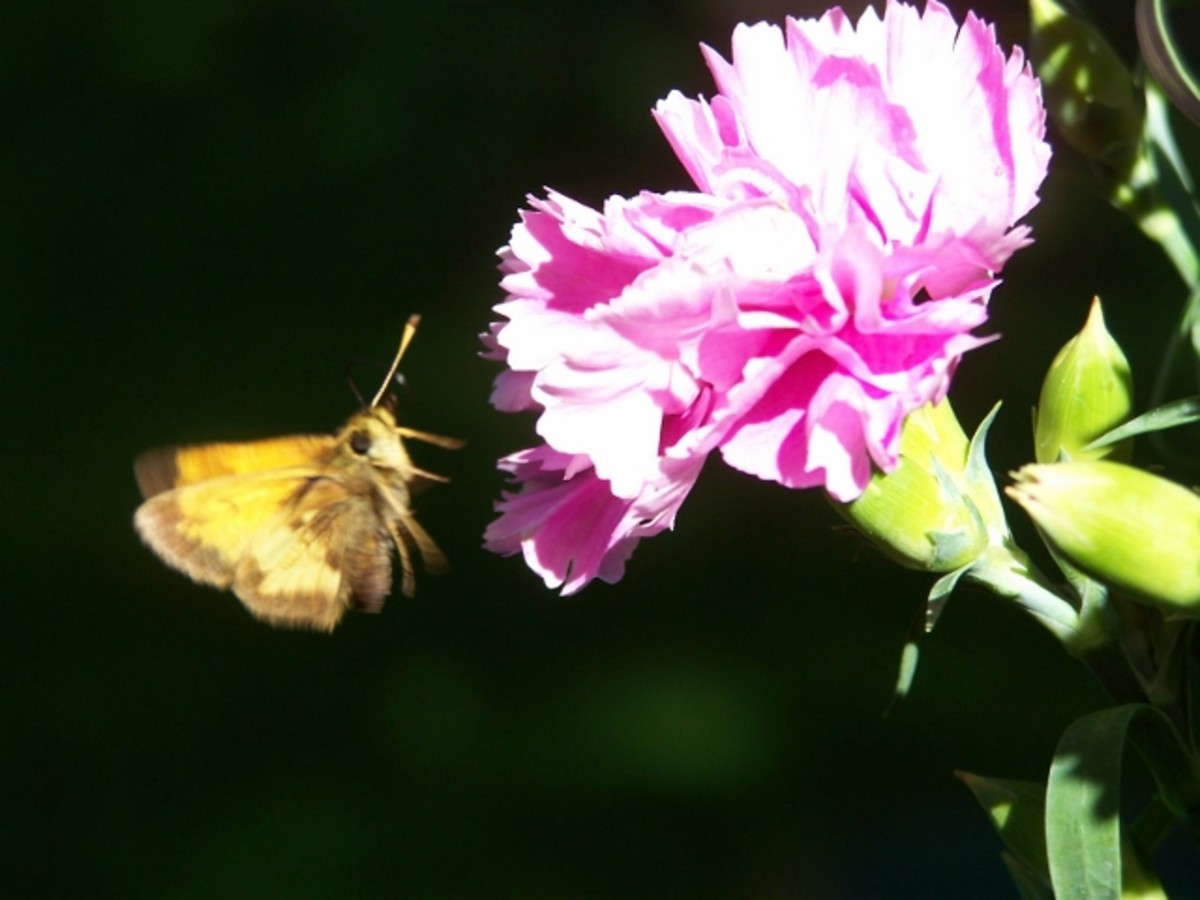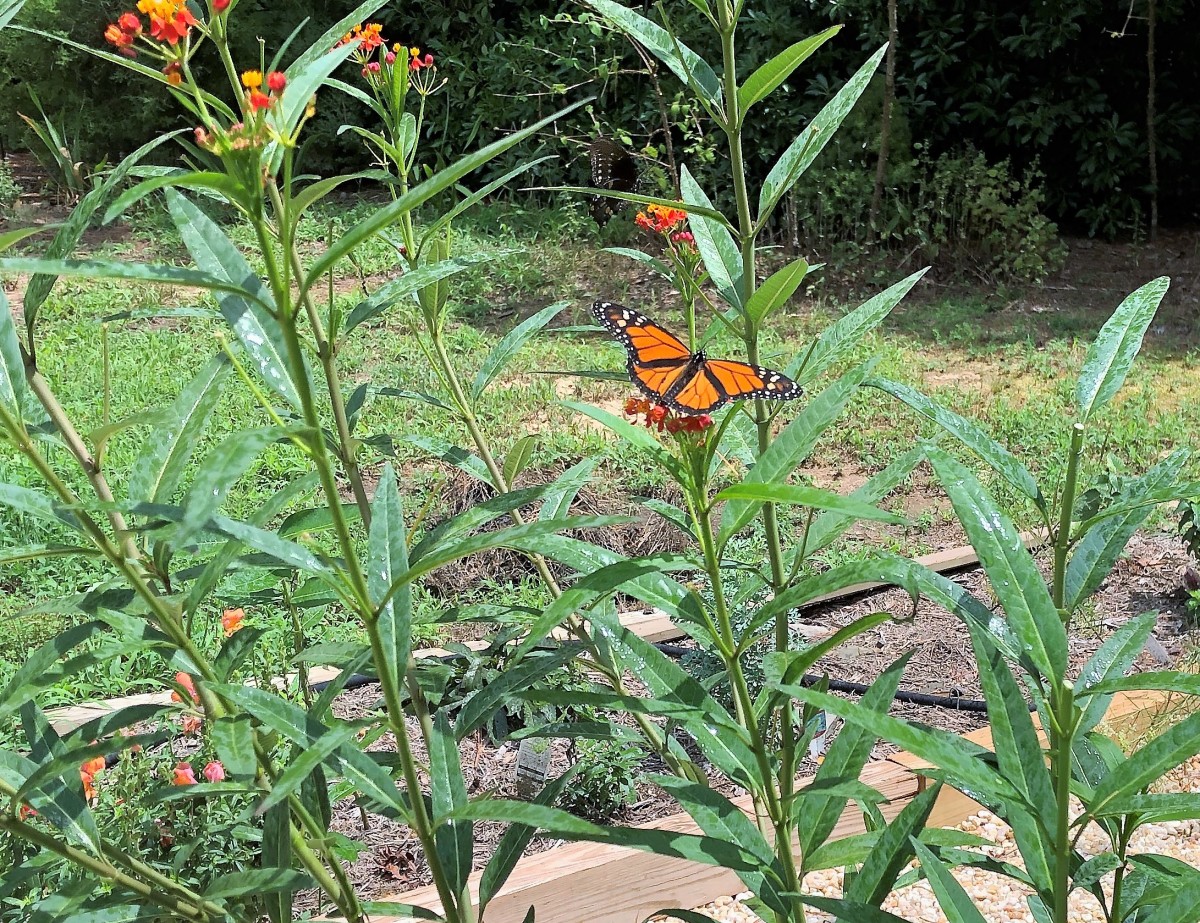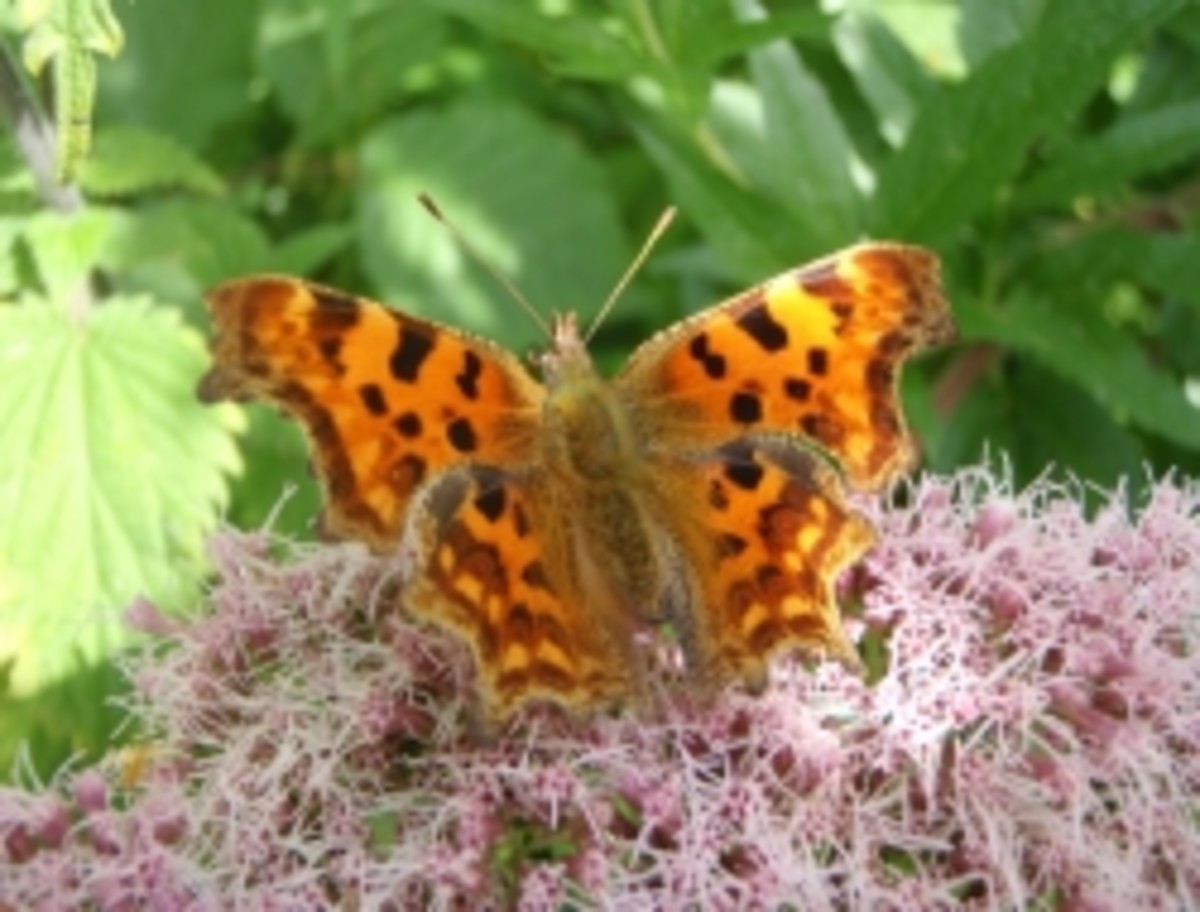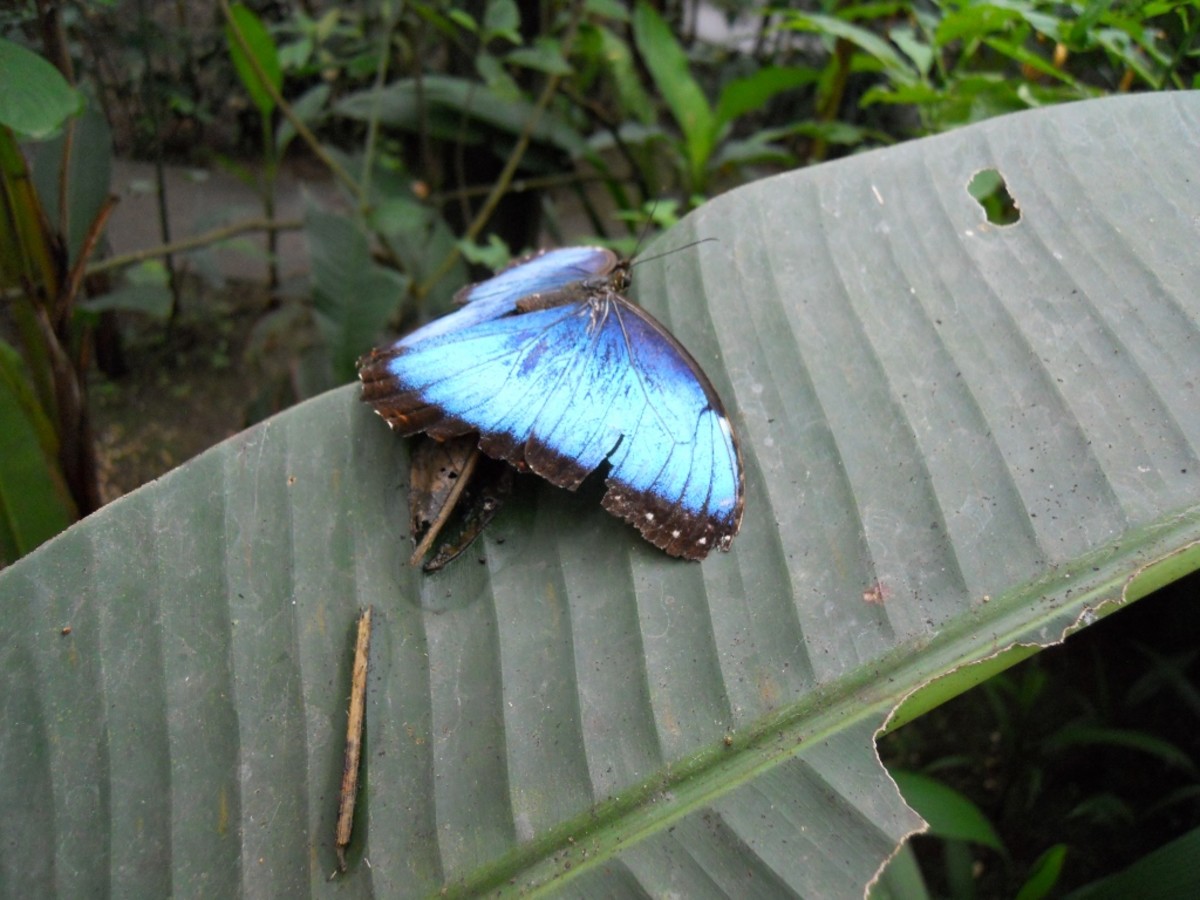- HubPages»
- Education and Science»
- Life Sciences»
- Entomology»
- Insects & Bugs
How To Attract Butterflies to Your Garden
Butterflies are not only beautiful, they also play several important roles in local ecosystems. Many adult butterflies contribute to pollination, while both adults and caterpillars are major food sources for birds and other wildlife.
Like all wildlife, butterflies look for three major things when choosing a place to live:
- Food
- Water
- Shelter
Unlike most other wildlife, however, butterflies are unusual in that they need two different kinds of food: one type of food for the larval stage (caterpillars) and one type for the adult butterflies. Plants chosen to provide food for caterpillars are called "host plants," while plants chosen to provide food for butterflies are called "nectar plants."
Fortunately there is considerable overlap between the two types of plant, but if you are interested in attracting butterflies, it's not productive to choose plants of only one type. Though a yard of beautiful blooms will attract many visiting butterflies, a yard of beautiful blooms and tasty host plants will attract many more.
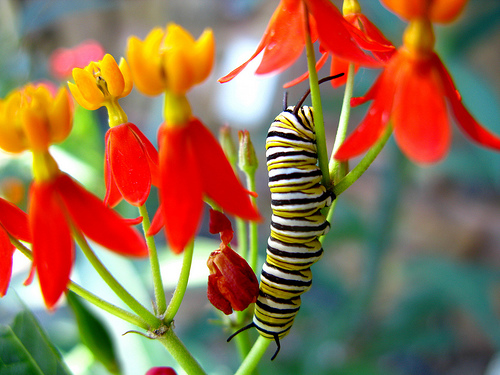
Choosing Host Plants
It would be almost impossible to overstate the importance of choosing plants that are native to your region as host plants. Most caterpillars are highly specialized eaters, most eating only a single family of plants, some only a single species. Though in some cases a caterpillar might be able to eat a non-native plant that is related to a native plant it prefers, very few caterpillars are able to eat from an entire imported genus.
For example, the Common Reed, which supports 170 species in its native Eurasia, supports just 5 species here in North America. In contrast, the oak family, which includes both native and imported species, supports more than 500.
To learn more about butterflies native to your region and what host plants you can choose to attract them, visit Butterflies and Moths of North America.
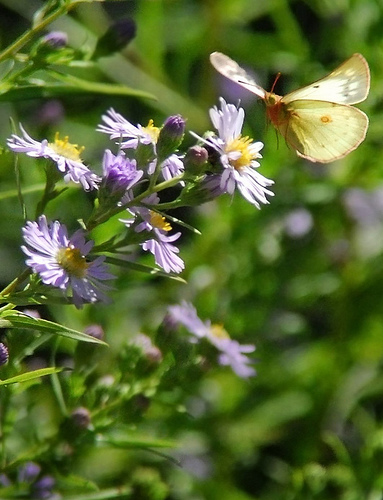
Choosing Nectar Plants
Choosing nectar plants is a lot easier. Though many butterflies show a preference for native plants, few are dependent on them, so you have a little more flexibility to choose.
When choosing nectar plants, it's important to choose a variety of plants with blooming times spaced out across spring, summer, and early fall, in order to ensure that there is always something in bloom for butterflies to enjoy. In general, old fashioned flowers are better than flashy hybrids, which may have extra petals or other showy tricks that prevent butterflies and other insects from getting at the nectar.
Time-tested butterfly favorites include:
- oregano
- cosmos
- marigolds
- zinnia
- salvia
- thistles
- dandelion
- sunflowers
- and many more
- asters
- milkweeds
- butterflybush
- clover
- coneflowers
- thyme
- phlox
- mint
- dill
Recommended Reading
Providing Water
One of the best ways to provide water for butterflies is to plant a few large-leafed plants that will collect morning dew and rainwater in shallow pools. Several common garden vegetables, including leaf lettuce and broccoli, perform this function admirably, as do wildflowers such as cupplant.
Butterflies will also appreciate a slowly dripping milk carton suspended over a patch of bare dirt, or a shallow birdbath.
Providing Shelter
During heavy wind, rainstorms, and other bad weather, butterflies seek shelter in trees, shrubs, and other densely planted areas protected from the elements. Provide a mix of sunny open areas and dense shadier ones to encourage butterflies to make themselves at home.
One Last Tip
Remember never, ever to use pesticides and insecticides in a butterfly garden. These will kill not only harmful pests, but also the butterflies you are trying to attract.
Fortunately, many of the same plants that attract butterflies to your yard will also attract other beneficial insects, as well as birds. Once your butterfly garden is established, you may find that you actually lose fewer plants to pests than you would in a garden treated with chemical pesticides, because you will have a variety of insect predators enthusiastically helping you keep pests under control!


